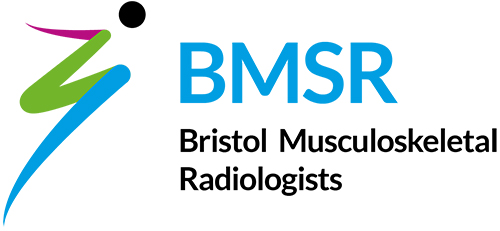Diagnostic Services
Diagnostics
X-ray
X-rays are often the first-line investigation for demonstrating bone and joint abnormalities. The use of X-rays exposes the patient to a very small dose of radiation to produce an image in which all the anatomical structures are superimposed onto one another. Frequently, a radiographic examination requires two separate X-rays to be obtained at right angles. X-rays are produced in a digital format, which that can be viewed on a computer. While X-rays show exquisite bony detail soft-tissue features are poorly defined, and so other imaging techniques may be used to demonstrate soft-tissue abnormality.
Ultrasound
Ultrasound imaging is a common diagnostic medical procedure that uses painless high-frequency sound waves to produce dynamic pictures of organs, tissues and blood flow inside the body. Detailed images of your muscles, tendons and ligaments can be produced. The scan involves a hand-held probe that is placed directly onto the skin and moved over the patient. A water-based gel is used to couple the ultrasound between the probe and patient. Ultrasound can also be used to guide precise needle placement and treatment to areas of damaged tissue. The procedure takes 15-30 minutes.
Magnetic Resonance Imaging (MRI)
MRI is a non-radioactive scan to show injury or disease in joint structures, such as muscles and ligaments, using strong magnetic and radio waves.
Occasionally, a contrast dye injection into the vein may be required to enhance the images. Please inform your doctor and the radiographer prior to your appointment if you have a pacemaker, metallic implant or have ever had a kidney condition.
The scan takes between 30 and 60 minutes.
Arthrograms
Arthrogram is an imaging process that involves the injection of contrast directly into the joint. The joint becomes enlarged by the procedure, which enhances the imaging of the smaller structures. This improves the evaluation of diseases or conditions of the joint. The procedure takes 15-30 minutes.
Computed Tomography (CT)
A CT scan is a painless scan that uses a special X-ray machine to take fine-detailed images of bones and joints. The scanner revolves around the body taking images as you lie on a moving table. Iodine-based contrast may be injected directing into the vein to enhance images. The technique uses a higher radiation dose than X-rays, but with modern equipment this is kept to a low level. The scan takes between 5 and 15 minutes.
As the procedure uses radiation, please inform a member of staff prior to your appointment if there is a chance you could be pregnant.
Fluoroscopy
Fluoroscopy is a means of producing real-time moving X-ray pictures by using a pulsed X-ray beam and displaying the images in real time on a TV monitor. Fluoroscopy can be utilised to ensure correct needle position for joint injections and interventional procedures.







